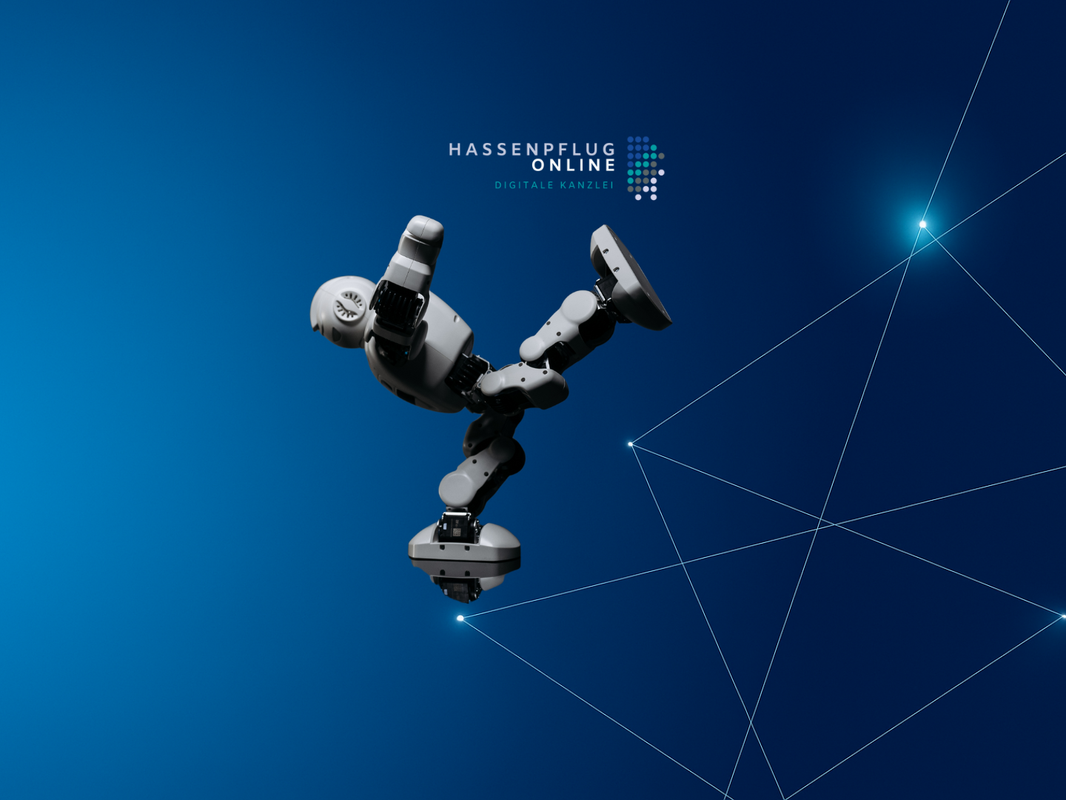In many tax firms, digitalization still begins at the surface: with tools. A new form system for client inquiries, a smart accounting assistant, a PDF solution for signatures, or automation via Zapier – all of these promise efficiency, relief, and modernization. And each of these tools can actually help in a specific application, even in the short term.
But what at first glance appears to be a sensible step forward often turns out, upon closer inspection, to be a symptom of a deeper ambiguity: a well-thought-out, sustainable architecture and a platform strategy are lacking.
Tools alone don't solve structural problems. They mask them.
Many law firms are experiencing exactly this. They implement software solutions that exist side by side but don't communicate with each other. They automate individual steps, but remain dependent on manual interaction between the tools. Data doesn't flow smoothly between systems, processes are inconsistent, and responsibilities are unclear. The result isn't less effort, but more coordination, more sources of error, and more frustration. Digital—yes. But by no means better.
Tool use is not digitalization
The cause lies in a fundamental misunderstanding. Digitalization is confused with tool use. In reality, it's about something completely different: building a scalable, integrable, and growing digital platform.
A platform strategy doesn't begin with the question "Which tool is better?" but rather with considering how an entire process can be mapped —from capture and processing to evaluation and reuse of information. It considers not only software, but also data models, interfaces, rights concepts, client interaction, automation potential, and scalability.
Such a strategy allows individual solutions to be exchanged at any time without the overall structure collapsing. It creates a resilient digital infrastructure —not a jigsaw puzzle.
The next wave: AI agents
This way of thinking is not only needed in the present, but is the prerequisite for what is coming next: the integration of AI systems , especially so-called agents .
While traditional automation tools map individual tasks using rules, AI agents promise significantly more. They combine language processing, context understanding, and process-oriented action . In tax consulting, this means a system that can not only analyze text, but also create booking suggestions, answer client questions, or extract structured data from emails. Intelligent assistants that—when properly embedded—provide real relief.
But these systems only work if they have a stable foundation . An AI agent isn't an app that you install and immediately put into productive use. It's a complex system that relies on a multitude of technical components: user interface, access control, databases, monitoring, integration of external services, model distribution, data preparation, infrastructure management – all of these are building blocks that must work together beneath the surface for the agent to operate effectively.
What happens beneath the surface
In practice, this means that companies that have previously built their digital infrastructure on combinations of tools without pursuing an overarching model will not be able to successfully integrate an AI agent. They lack clarity regarding data flows, process logic, and authorization structures . They lack a unified understanding of the system, which forms the basis for effective automation.
This point is particularly critical in tax consulting. It's not just about convenience features, but also about legally relevant processes . An AI that automatically records accounts or prepares decisions must be able to access traceable data, correctly interpret inputs, maintain records, and integrate into a manageable infrastructure. This requires that this infrastructure actually exists—and not consist of a hodgepodge of individual tools.
A question of architecture, not of courage
Therefore, the transition to AI doesn't simply mark the next step in tool development, but a watershed moment. It forces us to honestly assess our own digital foundation . Those who want to not just experiment but truly transform must run their law firm like a digital company – with platform architecture, system design, and a clear roadmap.
This is precisely where the difference between short-term actionism and true strategic leadership arises . And this is precisely where it is decided who can provide guidance in the coming phase—both for the clients and for the team.
Trusted Advisor in the AI Era
What's needed isn't someone who recommends the best tool. Instead, it's someone who understands the process. They know how data needs to flow , where automation makes sense, and when AI offers real added value. They don't just introduce functions, but build digital structures that are resilient, integrable, and future-proof.
This is the role of the Trusted Advisor in the AI era: not a tool-tip provider, but an architect of the next generation of tax firms.








